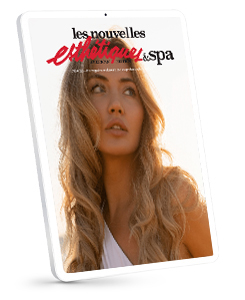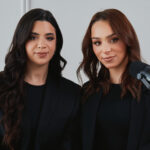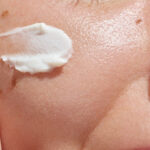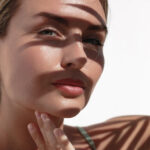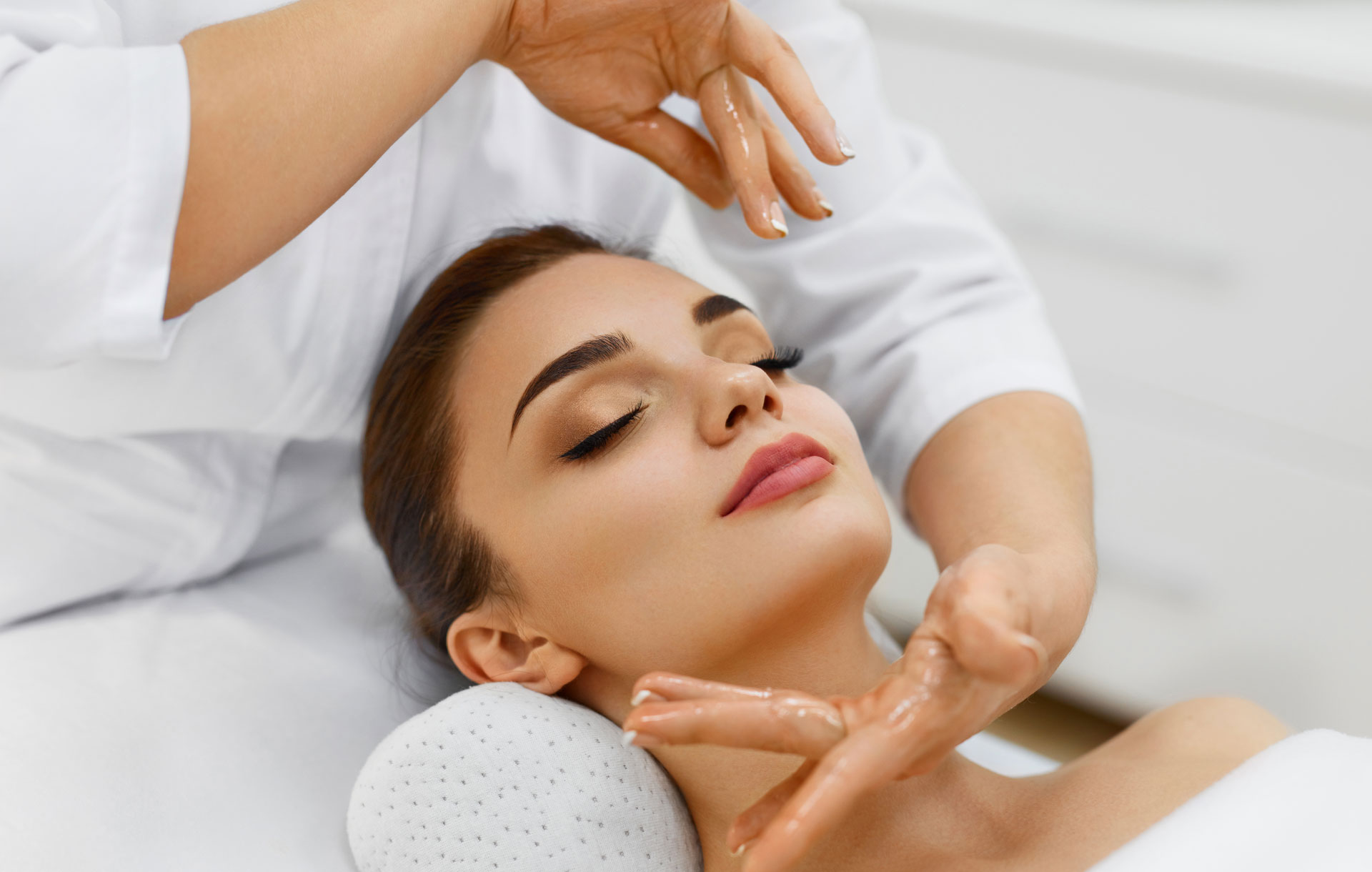
Ayurveda for post-treatment care
For centuries, wellness therapists have been using ancient philosophies to map the body, invoking energy points and pressure points to positively impact a person’s overall being. In Ayurveda, Marma points are energy points in the body where energy, or prana, can become stagnant. The marma points link to the subtle channels called nadis (similar to meridians in the Chinese system of medicine). Just as in the physical body the passage ways become blocked by toxins, so too the tiniest of mental stresses will cloud or obstruct these subtle points, reducing the flow of energy.
Gentle pressure on the marmas releases the blocks and allows prana, or life energy, to flow to the connecting organs or tissues giving them a new lease on life.
The marma technique is potentially the most restorative of the Ayurvedic treatments, as it harmonizes the body’s built-in energy network. Marma therapy is a gentle healing practice that is perfect to relax your client post-treatment, such as peel or laser, because it is a less stimulating form of facial massage.
This easy to learn facial ritual releases subtle tensions underneath the skin. The marma points work on the deeper tissues of the face, corresponding with organs of the body. They awaken the processes that heal and renew tissues and restore the flow of subtle energy that brings a healthy glow to the complexion.
Marma Point Facial Massage Protocol
Begin by applying five to ten drops of the face oil to the face. The amount should be sufficient as to allow the finger tips to move freely over the skin’s surface. Massaging under the chin, use your finger tips to stroke underneath the chin, alternating right, then left sides. Use gentle pressure as to not overstimulate the skin post-treatment.
Shankar Marma
Stroke from the tip of the chin following the jaw line toward the hollow of the temple. Pause at the Shankar marma at the temples and take a breath or two. Use your finger tips to do five gentle circles about the size of a quarter.
Let your fingers slide down over the cheeks and let one finger tip from each hand rest in the middle of the chin.
Hanu Marma
Press and release three times at this mid chin point, the Hanu marma, keeping your fingers on the surface of the skin. Stroke out to just below the corners of the mouth and make five clockwise circles. Stroke up and out into the middle of the cheeks and feel for the front surface of the muscle that opens and closes the mouth. Press and release three times on the front surface of this muscle pressing towards the back of the teeth. Stroke up to the temples and repeat the five circles there as in step three. Repeat twice more.
Usta and Karna Marma
Next, place the index fingers one on top of the other at the point in the middle of the upper lip. This is the Usta marma. Press and release three times. Stroke out to just above the corners of the mouth and make five gentle circles in the area where fine lines form. Continue by stroking out to the points in the middle of the cheeks, press and release three times as before. This time, the stoke goes up over and behind the ears. Rub thoroughly behind the ears where the ears join the head. Find the Karna marma behind the ear lobe and make five gentle clockwise circles. Repeat twice more.
Nasa Marma
Cover the left side of the head with your left hand. Place your right index finger in the hollow where the flare of the right nostril joins the face, the Nasa marma. Press and release three times then stroke under the cheekbone up and over the ear as in step five. Repeat twice more on the right side then switch hands and do three strokes on the left side.
Gandu Marma
Working with both hands together, touch the tips of index fingers to the points either side of the nose and half way up, the Gandu marma. Gently massage in five clockwise circles. Take the stroke out over the cheekbones and again over the ears ending at the Karna marma where you do five clockwise circles. Repeat twice more.
Apanga Marma
Use tip of your thumb to gently press on the top edge of the bones that you find under the eye. Lift your thumb completely and move a fraction to the right, away from the inner corner of the eye, press gently again. Press and release in this manor working from the inner corner the outer corner of the eye three times. After the third time use your index finger to find the Apanga marma, the point in the outer corner of the eye just on the inner surface of the boney eye socket. Point in toward the middle of the head then press gently away from the eye with a press and release motion of your finger up and down. Press and release for a slow count to ten. Repeat for the left eye.
Using two fingers of each hand, stroke from the tip of the nose up along the sides of the nose to either side of the bridge. Let the tips of your right index and middle fingers rest just below the inner end of the eyebrow. Take your left hand and let it rest over the left side of the head. With your right hand find the little bumps on the upper boney orbit of the eye that are closer to the bridge of the nose. Gently rub here then the press and release in tiny steps along the upper boney orbit of the eye to the outer corner of the eye. Press toward the top of the head releasing completely in between steps so as not to pull on the skin. Repeat for the left eye starting at the tip of the nose again.
Anja Marma
Stroke from the tip of the nose as in step nine. This time the left hand moves to the top of the head and rest over the crown and the middle finger of the right hand moves to the center of the forehead, the Anja marma. Draw a clockwise spiral that starts small and gradually moves out to fill the forehead. Return to the middle of the forehead and make two more spirals. Take your time, as this is the last slower move of the sequence.
Marma point massage is a great add-on to any peel or aggressive facial treatment. It allows the client to indulge in facial massage and Ayurveda therapy without over-stimulated post-treatment.


